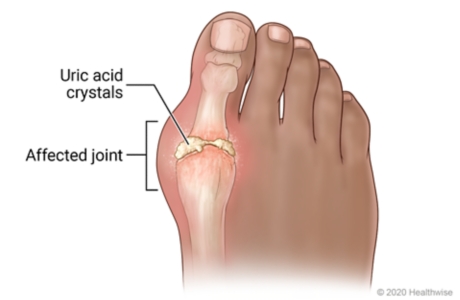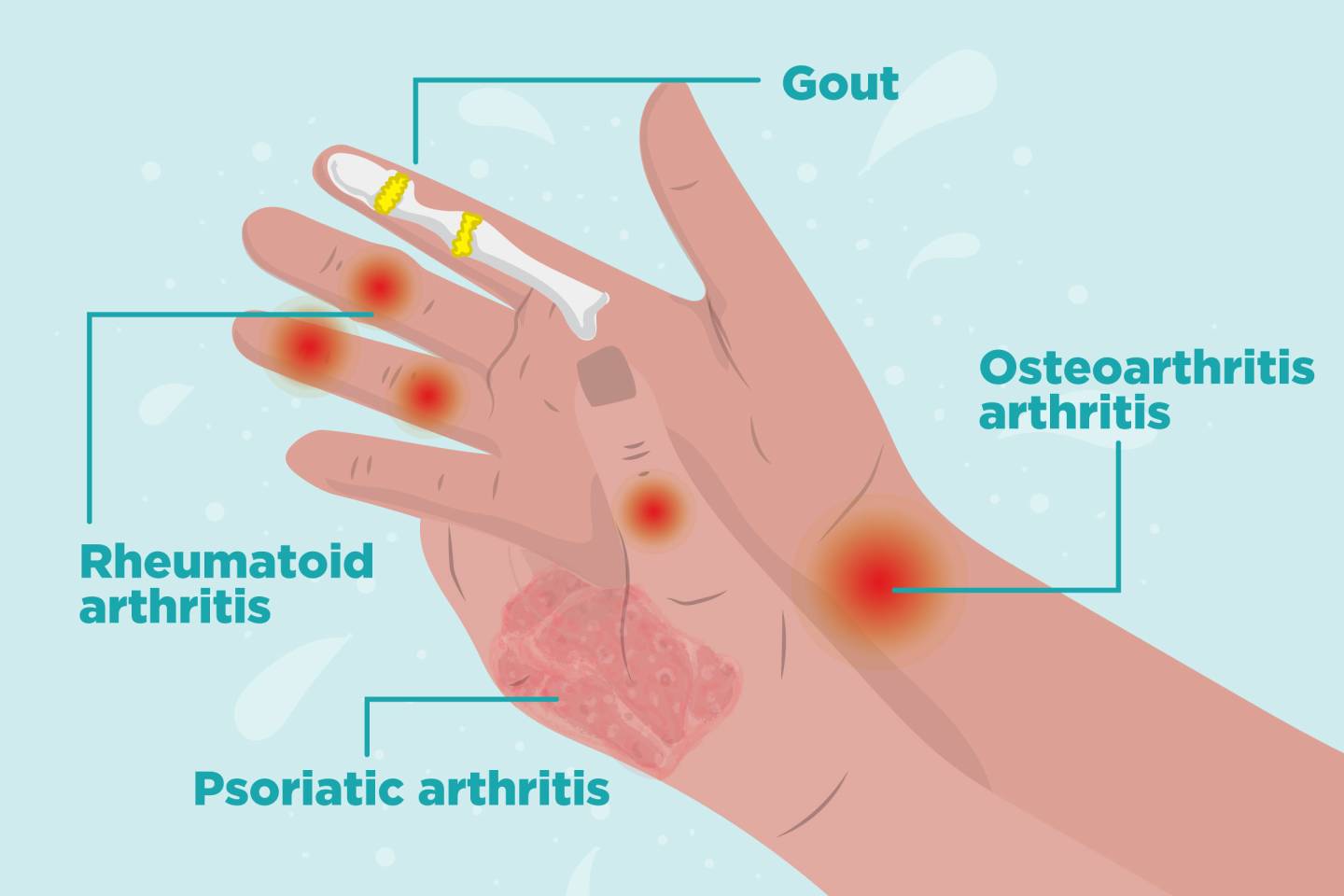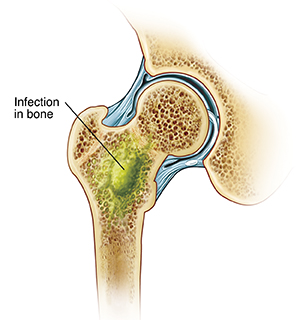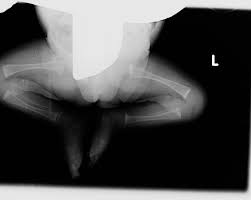-

Systemic Lupus Erythematosus (SLE)
Systemic Lupus Erythematosus Systemic Lupus Erythematosus is a chronic autoimmune disease in which the immune system attacks its own tissues, causing widespread inflammation and tissue damage in the affected organs. It can affect the joints, skin, brain, lungs, kidneys, and blood vessels. Causes of Systemic Lupus Erythematosus Idiopathic, but believed to result from a combination…
-

Ankylosing Spondylitis
Ankylosing Spondylitis Ankylosing spondylitis (AS) is a medical condition that involves the inflammation (spondylitis) and fusion/stiffening (ankylosis) of the vertebrae or small bones in the spine. Ankylosing spondylitis (AS) is a chronic inflammatory condition mainly affecting the spine that causes progressive stiffness and pain. Also known as Bechterew disease, ankylosing spondylitis is described as a…
-

Bursitis
Bursitis Bursitis is inflammation of a bursa, a small fluid-filled sac that acts as a cushion between bone and muscle, skin or tendon. Bursitis can also be defined as a painful medical condition characterized by inflammation of the bursae found in large joints. Bursae are fluid-filled sacs that act as a cushion between bones, tendons,…
-

Gout
Gout Gout is a metabolic disorder characterized by elevated serum uric acid levels and deposits of urate crystals in synovial fluids and surrounding tissues. It is derived from the Latin word “Gutta” meaning a “drop” (of liquid). Gout also is a kind of arthritis that occurs when uric acid builds up in blood and causes…
-

Osteoarthritis
Osteoarthritis Osteoarthritis is a type of arthritis that occurs when flexible tissue at the ends of bones wears down. The wearing down of the protective tissue at the ends of bones (cartilage) occurs gradually and worsens over time.Therefore, Osteoarthritis can also be defined as a gradual decrease of the cartilage covering of the bone ends within…
-

Arthritis
Arthritis Arthritis is the swelling and tenderness of one or more joints. Inflammatory arthritis includes a large number of arthritic conditions in which the predominant feature is a synovial inflammation.This includes post viral arthritis, rheumatic arthritis, seronegative spondyloarthropathy, / arthritis and Lyme arthritis. Disease presenting as an inflammatory mono arthritis include crystal arthritis e.g. gout, pseudo…
-

Tendonitis
Tendonitis or Tendinitis Tendonitis is the inflammation or irritation of a tendon. Tendinitis can occur in any of your body’s tendons, it’s most common around your shoulders, elbows, wrists, knees and heels. Anatomy Review A tendon is a fibrous connective tissue that attaches muscle to bone. Tendons let us move our limbs. They also help…
-

Osteogenesis Imperfecta
Osteogenesis Imperfecta Osteogenesis imperfecta (OI) also known as brittle bone disease, is a genetic disorder characterized by fragile bones that break easily. OROsteogenesis imperfecta is a disorder of bone fragility chiefly caused by mutations is the COL1A1 and COL1A2 that encode type I procollagen. Osteogenesis imperfecta (OI) is a genetic disorder that results in fragile bones.…
-

Osteomyelitis
Osteomyelitis Osteomyelitis is a pus forming infection of the bone. It is among the commonest conditions in children, decreasing as the child grows, and it increases in patients who are immune compromised, mainly affecting older children. Cause Children develop infection in a long bone metaphysis. The commonest causative organism is Staphylococcus aureus, following infection elsewhere…
-

Osteopenia of Prematurity
Osteopenia of Prematurity Osteopenia of prematurity is the decrease in the amount of calcium and phosphorus in bones which makes the bones weak and brittle resulting into broken bones. Prematurity affects bone mineralization and bone growth—thus the condition osteopenia of prematurity; Normal bone is formed by the deposition of minerals, predominantly calcium (Ca+2) and phosphorus (P), onto an organic matrix (osteoid) secreted by the osteoblasts. Osteoclasts play an important role in bone resorption and remodeling. Osteopenia of prematurity is principally a result of inadequate calcium intake to meet bone growth demands. Causes Lack of vitamin D (vitamin D helps in absorption of calcium from intestines…
